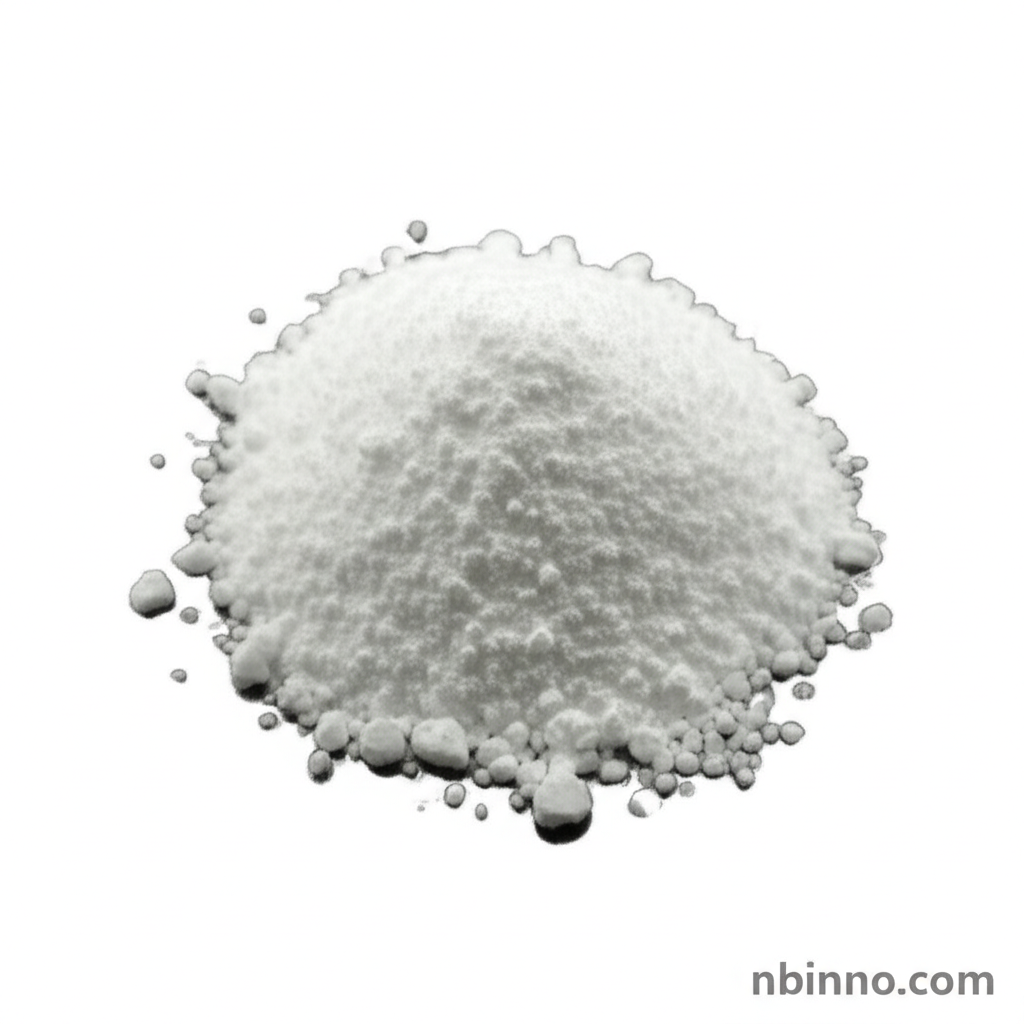High Purity 2-Chloro-9,10-diphenylanthracene: Synthesis, Properties, and Applications
Discover the potential of a key organic chemical for cutting-edge material applications.
Get a Quote & SampleProduct Core Value

2-Chloro-9,10-diphenylanthracene
This high-purity organic compound serves as a crucial building block in advanced chemical synthesis, particularly for electronic and optoelectronic materials. Its well-defined properties and reliable quality make it an indispensable component for researchers and manufacturers aiming for superior performance in their end products.
- Leverage the high purity of 2-chloro-9,10-diphenylanthracene at 97% for critical organic synthesis projects.
- Explore the detailed properties, including its boiling point of 494.1°C and flash point of 222.2°C, crucial for safe handling and process design.
- Utilize this compound as a precursor for cutting-edge OLED material applications, driving innovation in display technology.
- Benefit from the stability and ease of storage of this white powder, making it a convenient choice for laboratory and industrial use.
Advantages Offered
Enhanced Purity for Superior Results
Achieve more reliable and consistent outcomes in your chemical processes by utilizing the 97% purity of this 2-chloro-9,10-diphenylanthracene, supporting precise organic chemistry reactions.
Versatile Application Potential
The compound's suitability for photoelectric materials and as a key intermediate broadens its applicability across various high-tech sectors.
Reliable Supply Chain Integration
Easily integrate this compound into your production workflow, supported by efficient logistics and client-specific packaging for seamless operations.
Key Applications
Organic Chemistry Synthesis
This compound is a vital reagent in complex organic synthesis, enabling the creation of novel molecules and materials for various industries.
OLED Material Precursors
It serves as a critical precursor for OLED materials, contributing to the development of next-generation display and lighting technologies.
Photoelectric Materials
Its unique chemical structure makes it valuable for developing materials used in photoelectric devices, advancing solar energy and sensor technologies.
Research and Development
A reliable source for R&D in materials science and organic chemistry, facilitating breakthroughs and new product development.
